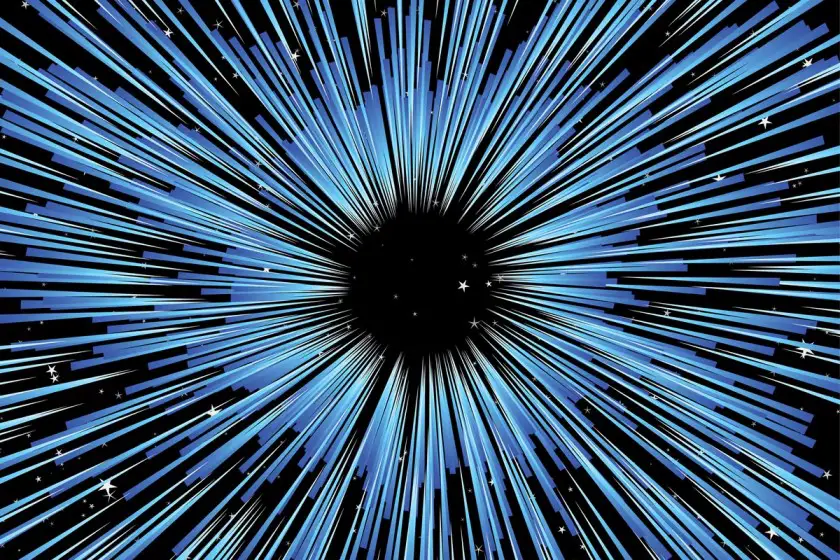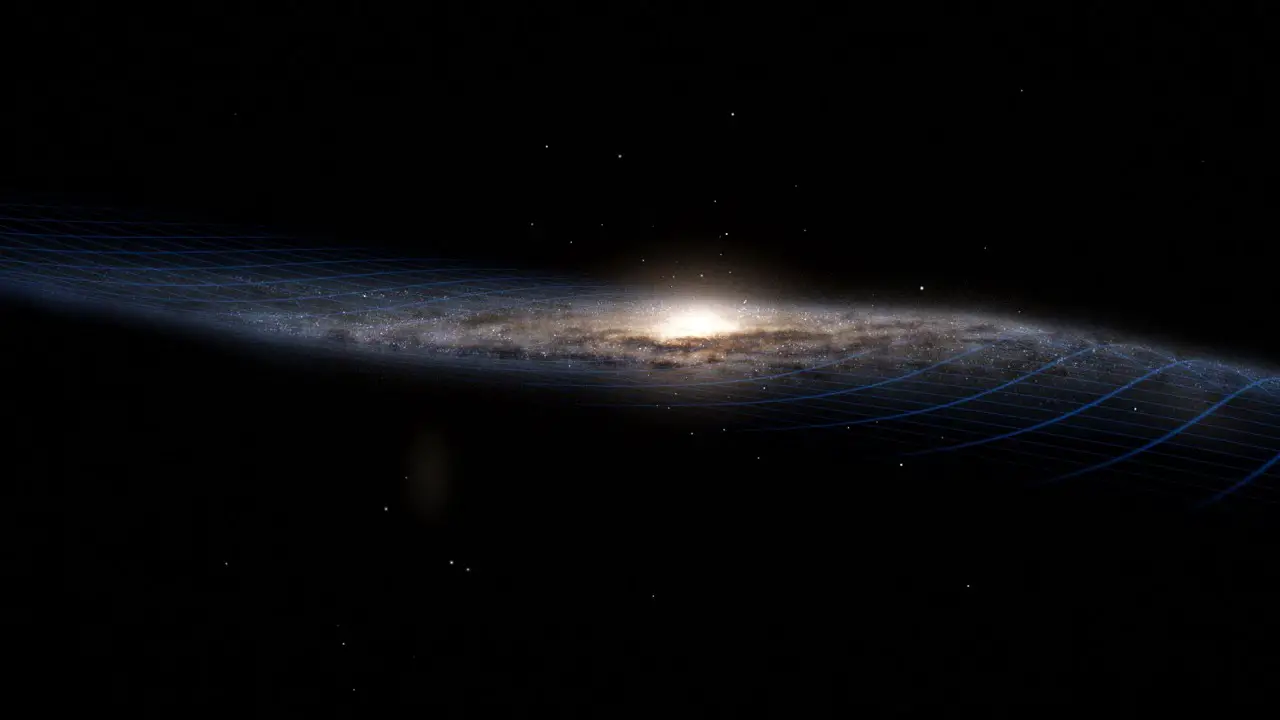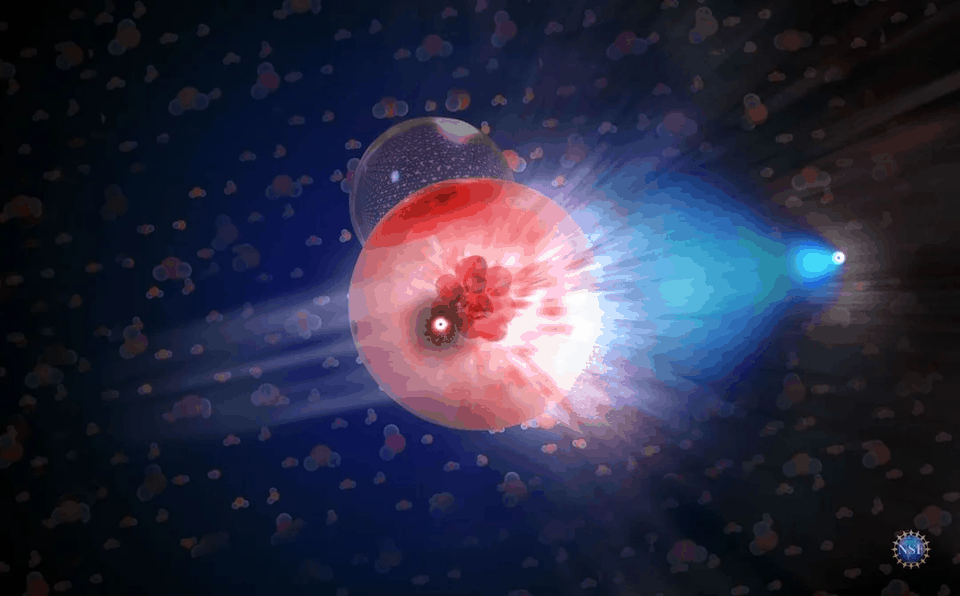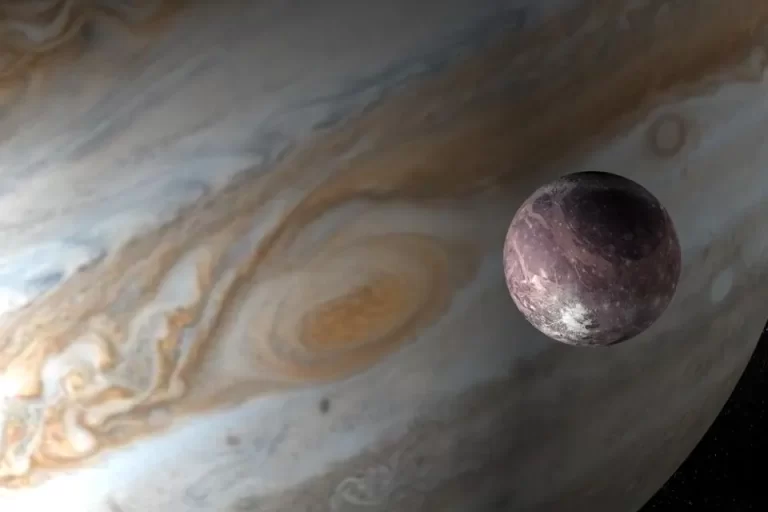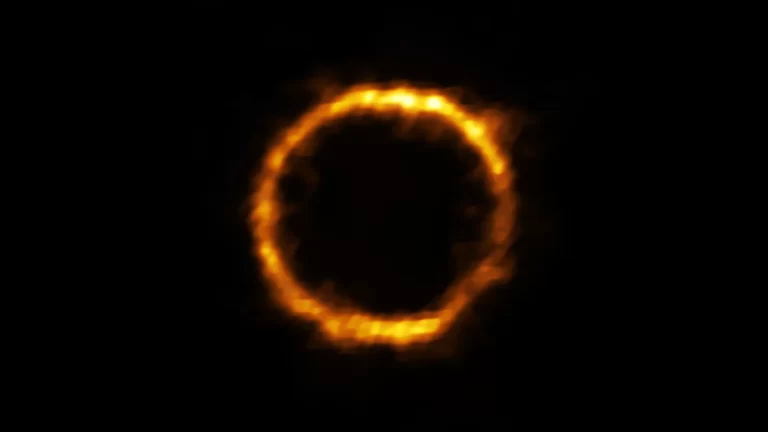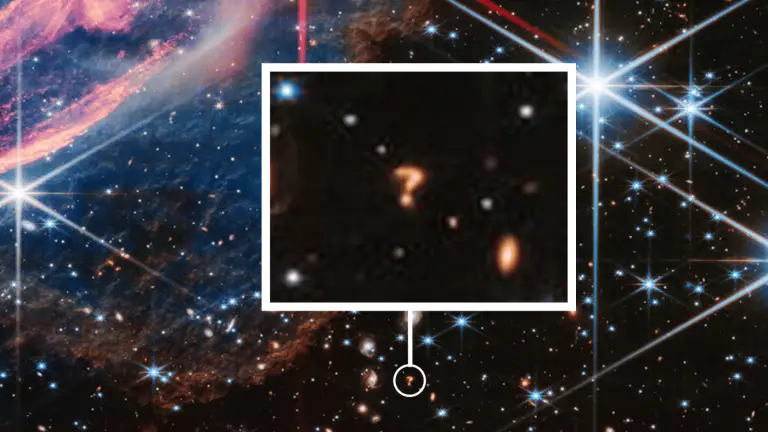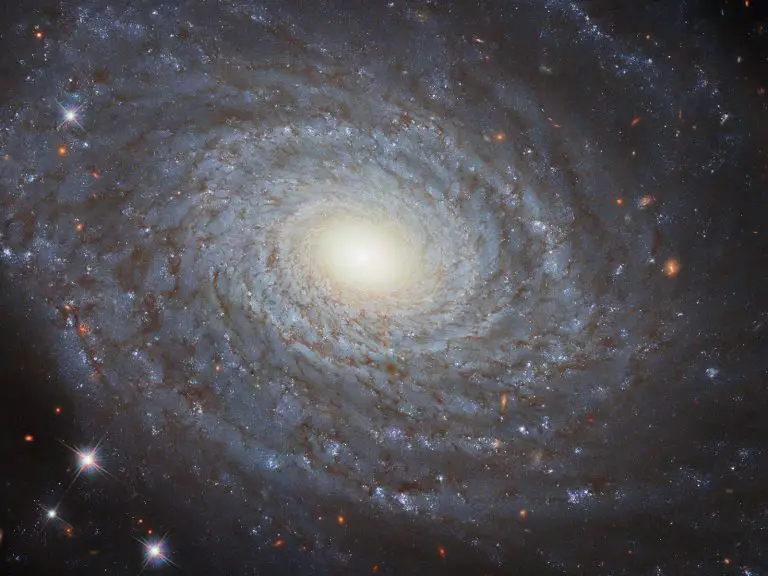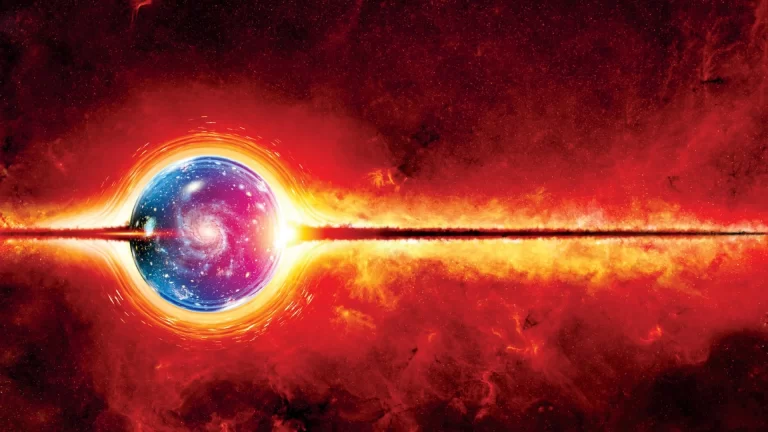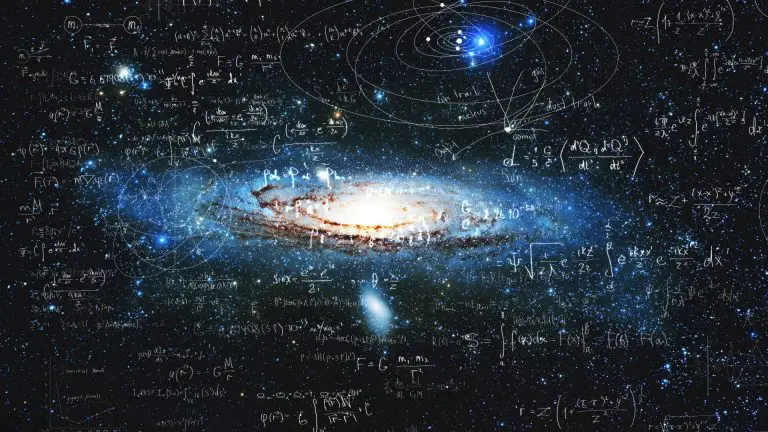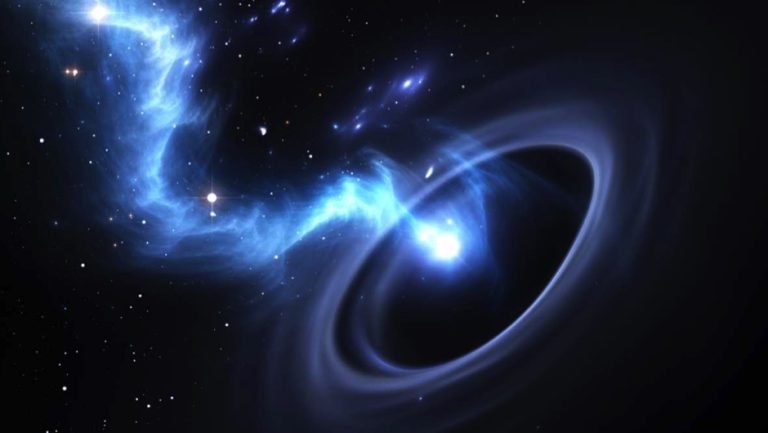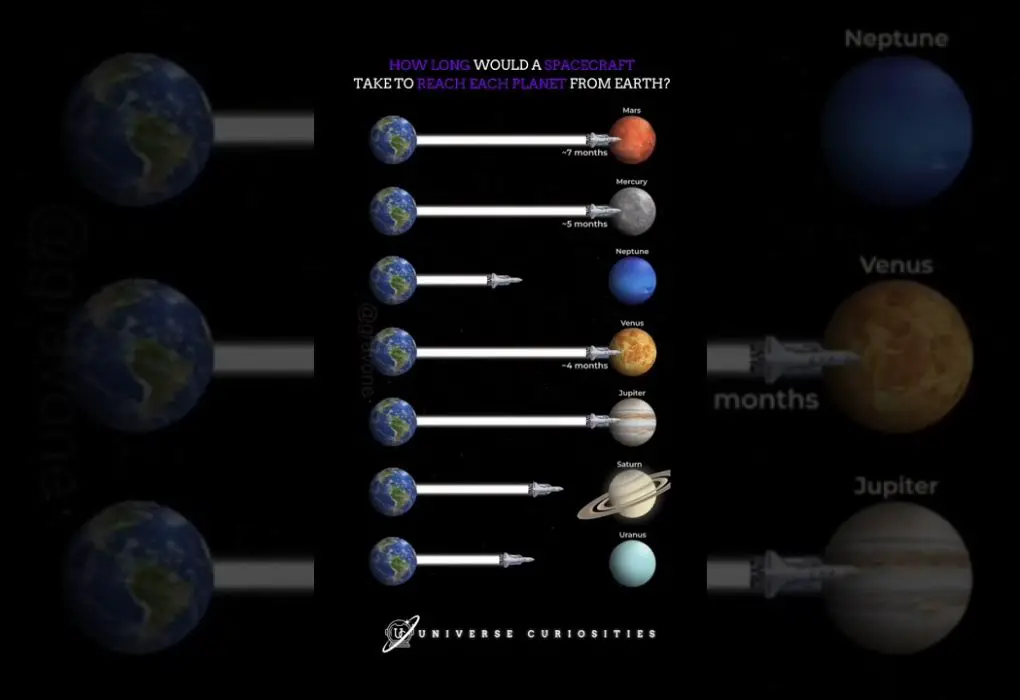
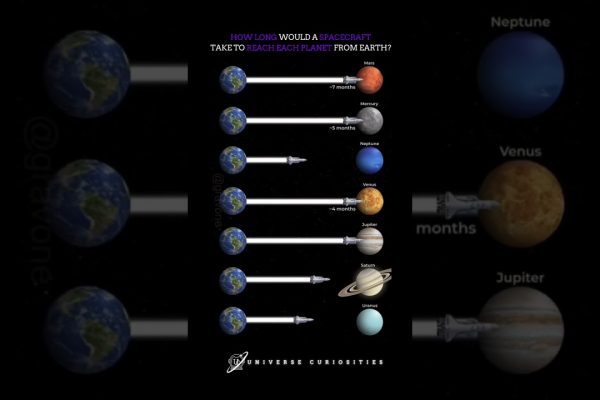
How long does it take to get to each of the planets?
Our solar system is home to eight individual planets. Moving outwards from the sun, they are Mercury, Venus, Earth, Mars, Jupiter, Saturn, Uranus, and Neptune. Some of these worlds are far closer than others, and the time it would take to travel to each planet is different for every one of them. Just how long would it take to…

Oxford physicists recreate extreme quantum vacuum effects
Physicists at the University of Oxford have successfully simulated how light interacts with empty space – a phenomenon once thought to belong purely to the realm of science fiction. The simulations recreated a bizarre phenomenon predicted by quantum physics, where light appears to be generated from darkness. The findings pave the way for real-world laser…

Marie Curie’s Belongings Will Be Radioactive For Another 1,500 Years
Marie Curie, known as the ‘mother of modern physics’, died from aplastic anaemia, a rare condition linked to high levels of exposure to her famed discoveries, the radioactive elements polonium and radium. Curie, the first and only woman to win a Nobel Prize in two different fields (physics and chemistry), furthered the research of French physicist Henri Becquerel, who…
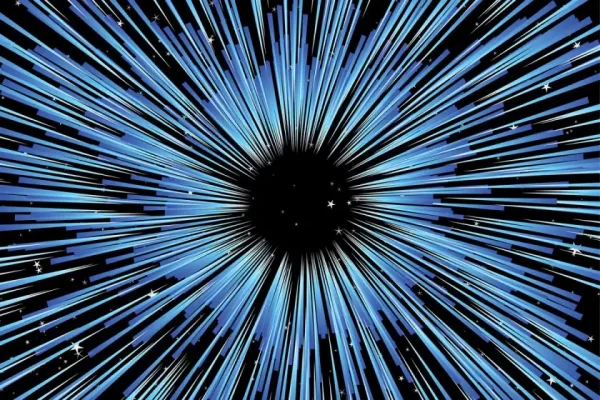
New study suggests warp drives may be possible without exotic negative energy
A new study suggests warp drives might not need exotic negative energy after all. Key Takeaways: Scientists have developed a new theoretical model showing that warp drives could be possible. Unlike previous concepts, this model does not require exotic negative energy to function. The proposed design could achieve high, but still subluminal, speeds within known…
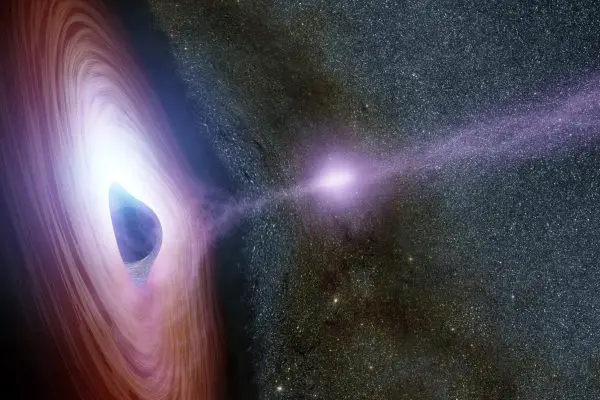
Astronomers watch black hole’s corona disappears and reforms in just months
A black hole’s corona vanished completely, then reformed—something never seen before in astronomy. Key Takeaways: Astronomers witnessed a black hole’s corona vanish and then rebuild itself for the first time. The disappearance caused the black hole’s brightness to drop by a factor of 10,000 in a year. Scientists suspect a star plunged into the black…
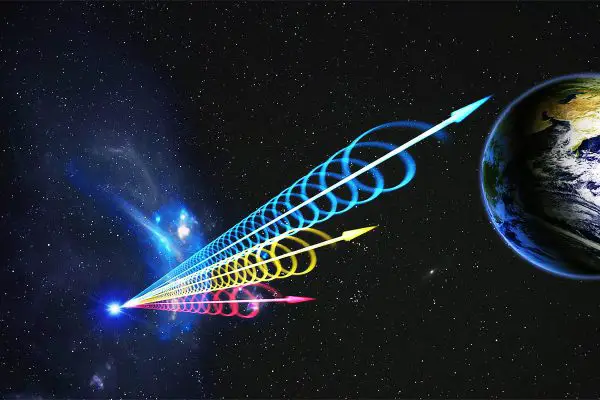
A fast radio burst found emitting pulses on a precise 16-day cycle
Astronomers detected a fast radio burst 500 million light-years away that pulses every 16 days. Key Takeaways: Scientists have discovered a deep-space radio signal that repeats in a precise 16-day cycle. This is the first time periodicity has been detected in mysterious fast radio bursts (FRBs). The signal originates from a galaxy 500 million light-years…
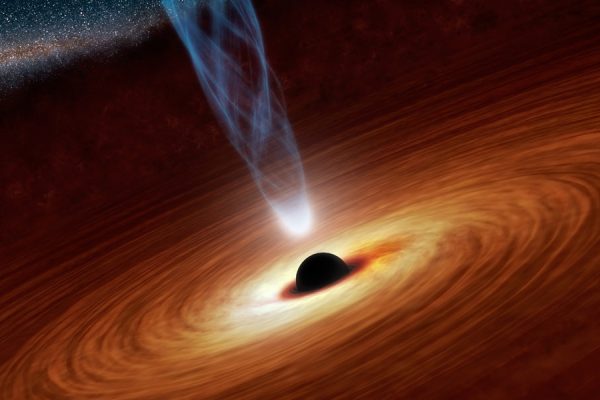
Scientists uncover alignment of supermassive black hole jets across vast cosmic distances
Astronomers found that distant supermassive black holes are spinning in the same direction—an unexplained cosmic mystery. Key Takeaways: A new study found that supermassive black holes in a distant region of space are mysteriously aligned. The alignment of their radio jets suggests they all spin in the same direction, defying expectations. Researchers used data from…
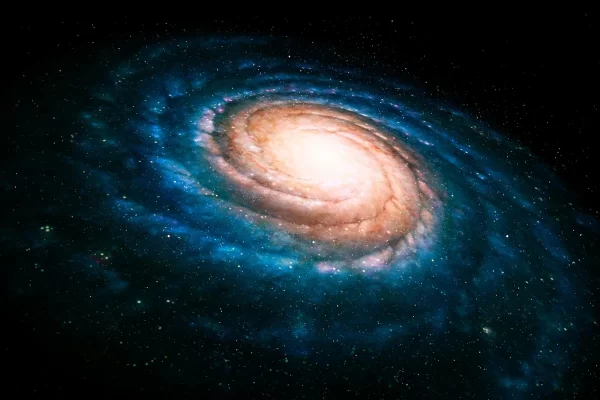
Scientists May Solve The Mystery Of How Disk Galaxies Maintain The Shape Of Their Spiral Arms
Spiral arms aren’t fixed—they’re waves of denser matter shaping how stars move through galaxies. Key Takeaways: Researchers at the University of Arkansas have found new evidence supporting the density wave theory of spiral arms. Stars in disk galaxies move through waves of denser matter, rather than staying in fixed arms. The study examined images from…
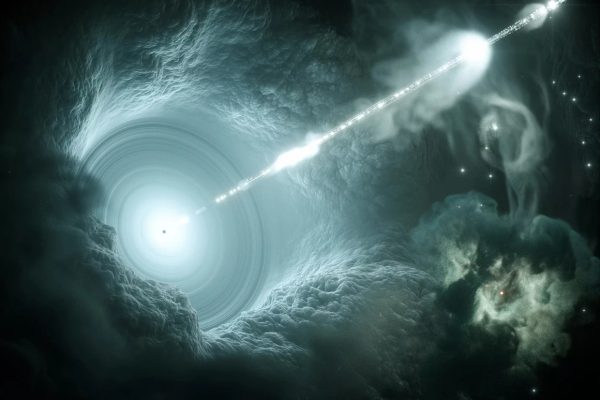
Scientists trace a high-energy cosmic neutrino that hit Earth powered by a black hole
A neutrino with 300 trillion electron volts traveled 4 billion light-years to reach Earth. Key Takeaways: For the first time, scientists have traced a high-energy neutrino back to its galactic birthplace, a blazar. The neutrino came from TXS 0506+056, a flaring blazar 4 billion light-years away in Orion. This discovery confirms that blazars emit both…
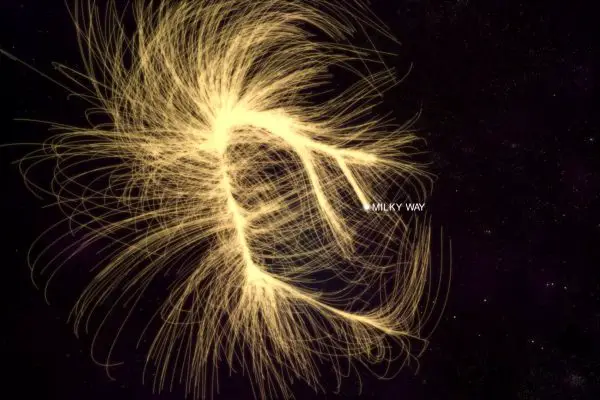
The Milky Way Galaxy is being pulled toward a mysterious area called “The Great Attractor”
The Milky Way is speeding toward the Great Attractor at over one million miles per hour. Key Takeaways: The Great Attractor is an enormous gravitational anomaly pulling the Milky Way and nearby galaxies off course. Scientists struggle to study it because the Milky Way’s dust and stars obscure the view, creating a Zone of Avoidance….


